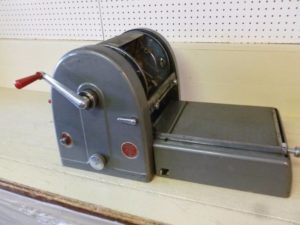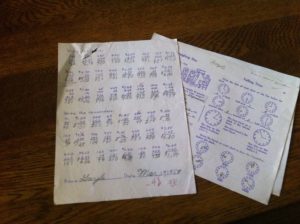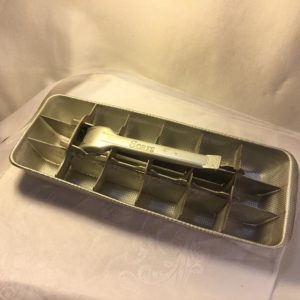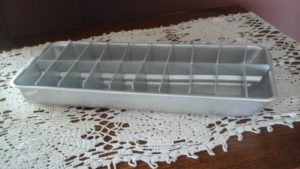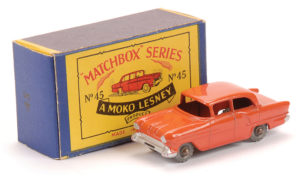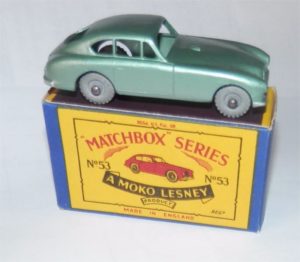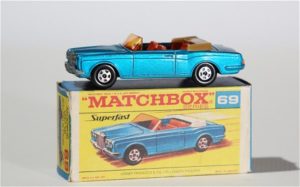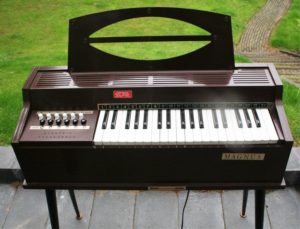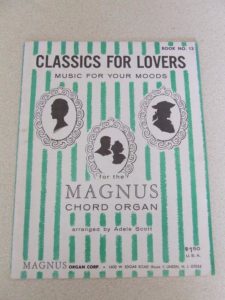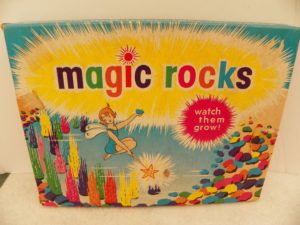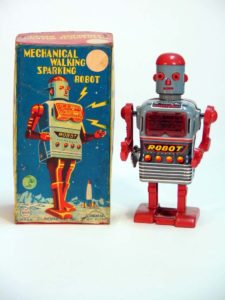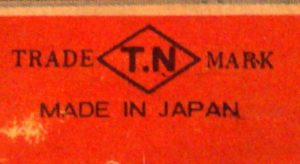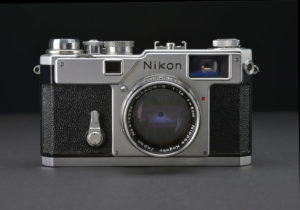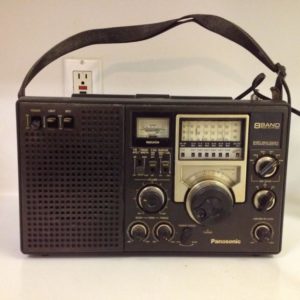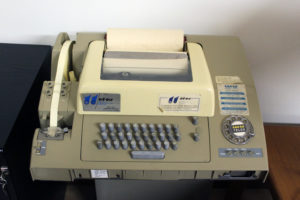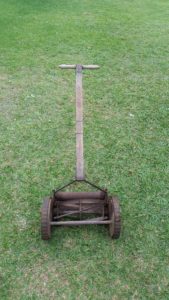
One of the things I remember about Leave It to Beaver was the fact that Wally (and later, the Beav) had to push one of those rotary mowers like the one to the left. That was a relic that I don’t remember, myself. My older brothers no doubt had to drive the gear-driven workout machine through our grass, but later faced a different challenge: trying to get a beat-up old machine to start.
I remember that every mower we had throughout the 60’s was old, and tough to get going. While I didn’t start mowing the lawn until I was about eleven (the summer of 1971 was my first one to do the weekly chore), I remember my brother Bill struggling to get our mower running. It had a Briggs and Stratton motor with what the manufacturer called a coffee grinder starter.
What you did was lift the handle on the top up and lay it open 180 degrees. This produced a crank which you turned like a coffee grinder, tightening a spring. When the spring was sufficiently compressed (i.e. when it got hard to crank the handle), you folded it back down and turned a cylinder-shaped release on the side of the mower. The spring would release, turning the engine a few revolutions and, in theory, starting it.
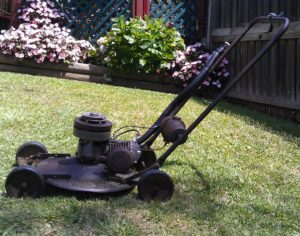
In fact, though, that mower, five or more years old, would NEVER start with the first crank. It usually required at least ten tries, with the air being filled with salty language in between each cranking session.
That mower was so unreliable that I could have fun endlessly cranking and releasing the starter spring with absolutely no danger of the mower actually coming to life. I have fond memories of that coffee grinder starter, although I’m sure my older brother doesn’t.
Fortunately, dad tired of mowers that wouldn’t start by the time I started mowing. We got mowers at estate auctions and from the want ads every time the current one would start acting up. Once, dad found a behemoth of a Yazoo high-wheel push mower. It must have weighed 150 lbs. It was ten years old, but Yazoos were built out of heavy duty materials ands would run a long time. The Aussies have a mower down under called the Victa that shares the same tough reputation. It was rough pushing that monster up our hilly yard’s slopes, though.
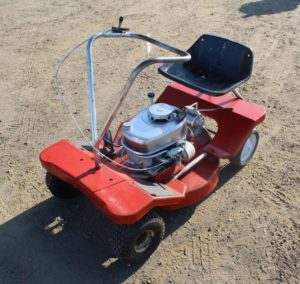
Dad never bought a new mower, to my knowledge. He got his first new one when the three of his sons went together and got him a nice Snapper in his golden years.
Of course, mowing wasn’t all there was to an immaculate lawn, circa 1967. There was also grass to trim around trees, bird baths, and such. If you were lucky, you had a little electric hand-held trimmer with oscillating blades. If not, you had a hand-powered clipper. Either way, you were down on your knees sweating profusely.
The first string trimmer was invented in 1971. It was electrical, which required a long extension cord. By the next year, both trimmers and extension cords sold briskly as we said goodbye forever to hand trimmers.
Nowadays, many of us Boomers take advantage of the plethora of lawn maintenance businesses with nicely competitive rates to let someone else do the work. Many of us have also reverted back to quiet rotary mowers, for our health’s sake and to keep the neighborhood tranquil. But most of us still fire up the power mower and do it ourselves. Me, I have a nineteen-year-old still in the nest who will do the job if I remind him regularly.
Hey, he’s lucky, too. His mower starts with the first pull.

